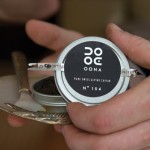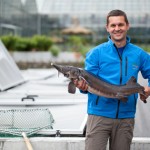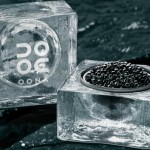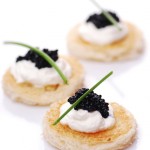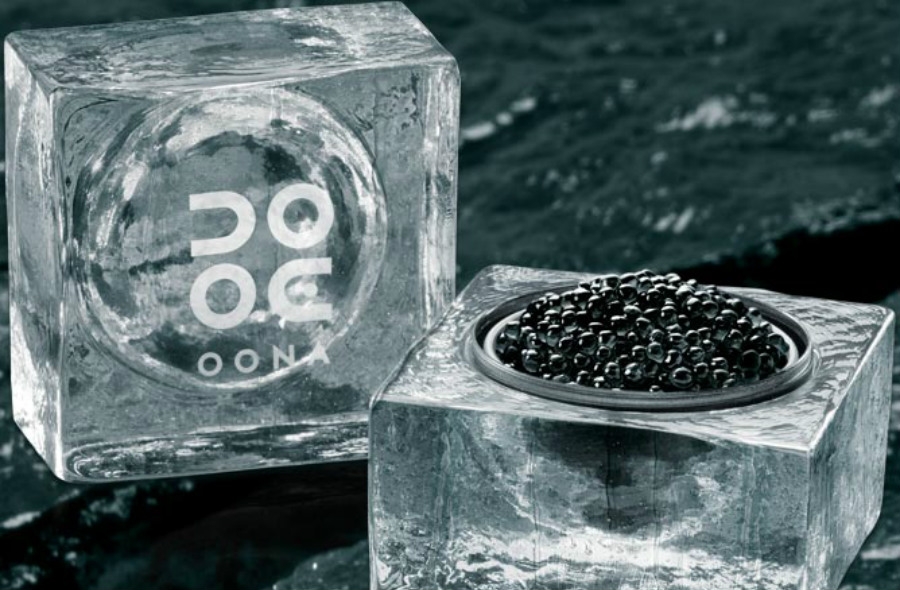
Caviar is said to be the most exciting and expensive meal to enjoy in the world.
When it comes to caviar, you can opt for lavishness beyond comprehension. And now it’s time to look at higher levels of luxury that the exotic food can take us to. That is exactly what first Swiss caviar “Oona” (Celtic for “extraordinary”) is all set to be.
Engineer Peter Hufschmied used “mountain stream water” that tumbles out of the north end of the Loetschberg railway tunnel with a temperature of 68 degrees to breed fish that thrive in warm water. The project was six years in the making, and about 35,000 Siberian sturgeons were let loose in the water that produced 600 pounds of caviar for the Winter 2011/2012 season. The fish stock is currently being expanded to around 60,000 fish, which will make an annual production of 18 tons of the delicate, bone-free sturgeon meat, and around three tons of caviar possible in the future.
Quality, pleasure and purity are guaranteed by the unique, precious Oona caviar case. The glass and the shape of the original Oona glass cube symbolize ice, the origin of the water. The caviar is embedded in the center of the cube in the shape of a sphere, in the likeness of a perfect caviar pearl. Each “Ice Cube” is crafted by hand, and the shape and the aesthetic lines make it tempting to use it as a stylish and individual decoration after you have enjoyed the caviar.
Oona caviar is manufactured in The Tropenhaus, which stands for Tropic House, in Frutigen, Switzerland. The Tropenhaus is a commercial project using geothermal energy from the Lötschberg rail tunnel for the production of exotic fruit, sturgeon meat and caviar in a tropical greenhouse in the Swiss Alps. The idea for the greenhouse was born in 2002 when it became apparent that the water continuously flowing out of the Lötschberg Base Tunnel could not be diverted to the local river, the Kander, as its temperature of 68° F would disrupt the biological rhythm of the endangered trout there. Rather than cooling the water artificially and wasting its thermal energy, tunnel engineers founded a start-up company to use the warm water to heat a greenhouse.
Siberian sturgeon can reach an age of up to 60 years, be up to 6.5 feet in length and can weigh almost 400 pounds. The symmetrical tail is also an indication of the remarkable age of the sturgeon family, which has been in existence for more than 200 million years.
Many stories and myths are associated with caviar . . . the most popular version says that the word “caviar” is derived from “Kahv-Jar,” which means “the cake of pleasure” among an Iranian people known as the Khedive. Another legend claims that the word “caviar” has developed from the Persian “Khag-viar, “which means a “small, black fish egg.” Before caviar was regarded to be a delicacy, it was considered to be a poor man’s food and was the basic food of fishermen on the Caspian Sea and on the Volga.
Priced at $1,400 for 250 grams, this is quite a rare feast to have for the festive season. Oona is sold in four grades. The best of the lot, No. 101, features handpicked eggs that sport a minimum diameter of 2.6 mm. This grade is just five percent of the total caviar produced. A 30 gram tin is priced at $225.



